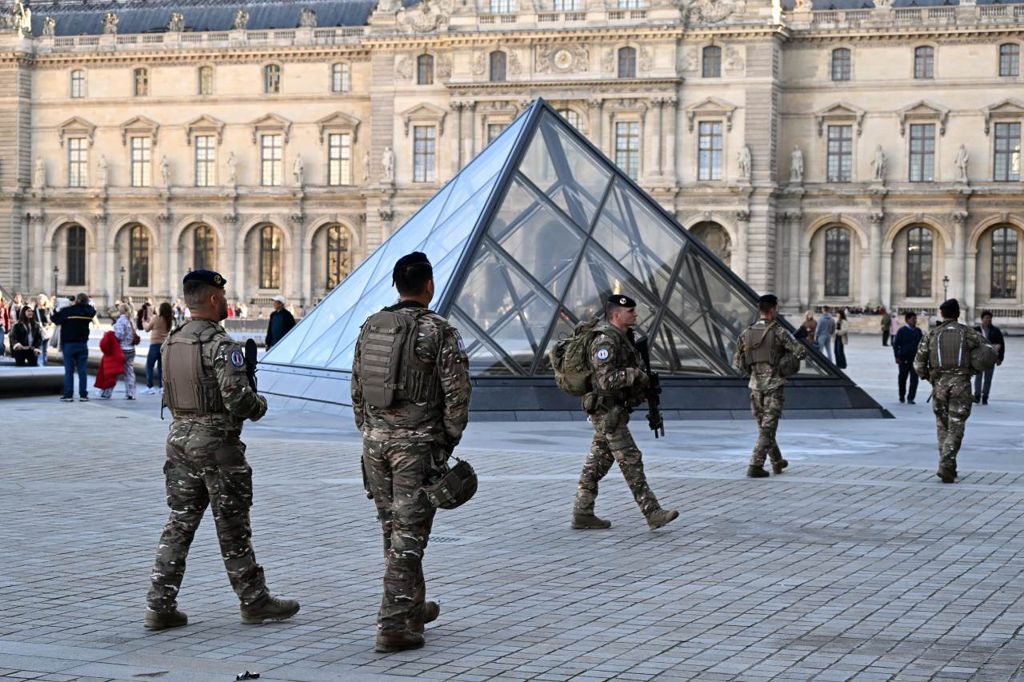The darknet, also known as the dark web, is a concealed section of the internet that's inaccessible via standard search engines. You can only access it using special software, settings, or authorization. This area comprises websites and content that are purposely kept hidden from public view.
Accessing darknet requires using Tor Browser, a special web browser that routes your internet traffic through a global network of relays managed by volunteers. This way, it becomes very difficult to trace which websites you're visiting, and these sites won't know where you are located.
When visiting the dark web, use a secure browser like Tor, do not reveal any of your personal information, and don't open suspicious files or links to stay safe.
The Darknet is often utilized for secure communication, discreet information or file sharing, anonymous research without identity exposure, and occasionally for engaging in illicit activities. It is also recognized for hosting underground black markets(darknet markets), whistleblowing platforms, and discussion boards that champion freedom of speech.
While accessing Darknet Markets themselves is typically not against the law in most places, engaging with illicit goods within them is generally considered a crime. On the other hand, some people might visit Darknet Markets for lawful purposes such as research, journalistic work, or simply to explore online communities. It's essential to know the local laws regarding online activities, and be cautious when using these platforms to avoid any potential issues.
Louvre Thieves Tried to Sell Jewels Through the Darknet
Twelve days after a big jewelry theft at the Louvre in Paris, an Israeli security company said the thieves reached out to them. According to the company, the thieves wanted to talk privately through the darknet to sell the stolen jewelry.
The company is called CGI Group. They say the thieves sent an encrypted message just five days after the robbery. The message claimed they had the stolen pieces and offered to negotiate on the darknet, but only for 24 hours.
CGI Group chatted with the person who contacted them. They say the thieves showed signs that they really had at least some of the jewelry. The thieves also made it clear they needed to move fast because they were running from police and wanted to get rid of the items quickly. They were asking for tens of millions of euros.
CGI says they passed the information to the client who hired them, and that client told the Louvre. But the company says the museum did not respond for six days. They believe that delay made the thieves lose trust and may have cost a chance to recover the jewelry. The CEO of CGI even said ego and hesitation played a part.
Before all this happened, CGI says they had already seen talk on the darknet about a possible plan to rob the Louvre. They even mentioned it in an interview months earlier. The Louvre says it never had direct contact with CGI, but the company says the communication went through its branch in Italy and probably involved the museum’s insurance side.
The robbery itself happened on October 19. Masked thieves broke into the Louvre’s Apollo Gallery and stole jewelry from the Napoleonic collection. These pieces once belonged to Empress Eugénie and Empress Marie-Louise. The total value is said to be more than 100 million dollars. No one was hurt, but several suspects were arrested, including one who tried to fly to Algeria. The jewelry is still missing.

A preliminary report into the theft found inadequate safety equipment, poor organisation and obsolete protocols at the museum.
The devices as they were installed, the alarm and security devices as they were installed on the day of the theft at the Louvre Museum, functioned properly, but that wasn't enough to prevent the robbery as security was not a priority.
